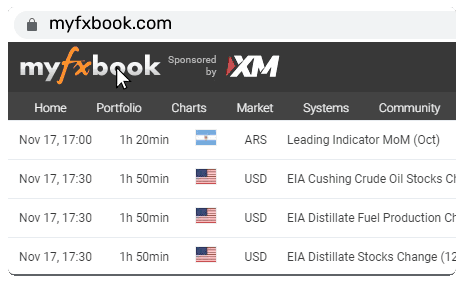UK Data Wrap-up

PMIs a little better, migration still high
- The UK PMIs recovered a little in November, which chimes with recent rises in payrolls and house prices.
- But some of the price indices showed a small rebound in inflation too.
- Meanwhile, net inward migration in the year to June was 672k, with 82% of arrivals accounted for by non-EU nationals.
Facts
In the month of November, the United Kingdom's Purchasing Managers' Indices (PMIs) exhibited a modest recovery, accompanied by a decline in inflation and a prevailing belief that interest rates have reached their zenith. The manufacturing PMI demonstrated an upswing, climbing from 44.8 to 46.7, surpassing the consensus forecast of 45.0. Simultaneously, the services sector, albeit marginally, returned to growth territory with a reading of 50.5, up from 49.5, aligning with the consensus expectations.
Notably, the employment landscape portrayed signs of improvement in both sectors. The service sector witnessed a slight expansion in headcount, marking a positive shift after two consecutive months of declines. Similarly, the manufacturing sector experienced a milder reduction in employment figures, indicating a more favourable scenario.
Examining inflation indicators from the survey, certain noteworthy trends emerged. The manufacturing input price index, although remaining below the 50-point threshold, exhibited an increase of over a point. Meanwhile, the output price index for manufacturing surpassed the 50-point benchmark. In the service sector, both input and output price indices remained relatively stable, standing considerably above historical levels, with the latter registering an increase of approximately half a point.
However, despite these positive trends, service sector confidence experienced only a marginal uplift. Notwithstanding the reported positives such as increased corporate budgets for technology investment and general spending on essential business services, concerns lingered regarding low consumer confidence and the pressures of the cost of living.
Within the manufacturing sector, respondents identified weak confidence among customers and heightened global geopolitical uncertainty as notable challenges. These factors contributed to a nuanced economic landscape with a blend of positive and cautionary signals.
Shifting gears to demographic trends, the Office for National Statistics (ONS) reported that net inward migration to the UK amounted to 672,000 in the year ending June 2023. Although a slight decrease from the figure recorded in December (745,000), this level of migration remains historically high. Notably, the December number underwent a substantial upward revision of 139,000 since its initial release.
Delving deeper, non-EU arrivals constituted a substantial portion, accounting for 82% of total immigration. The estimated figure for non-EU arrivals in the year ending June 2023 stood at approximately 968,000, reflecting a year-on-year increase of 120,000.
The ONS further delineated the top five non-EU nationalities contributing to immigration flows into the UK during the same period. These included Indian (253,000), Nigerian (141,000), Chinese (89,000), Pakistani (55,000), and Ukrainian (35,000). This comprehensive analysis underscores the multifaceted dynamics shaping the economic and demographic landscape of the United Kingdom.
This content may have been written by a third party. ACY makes no representation or warranty and assumes no liability as to the accuracy or completeness of the information provided, nor any loss arising from any investment based on a recommendation, forecast or other information supplied by any third-party. This content is information only, and does not constitute financial, investment or other advice on which you can rely.



















